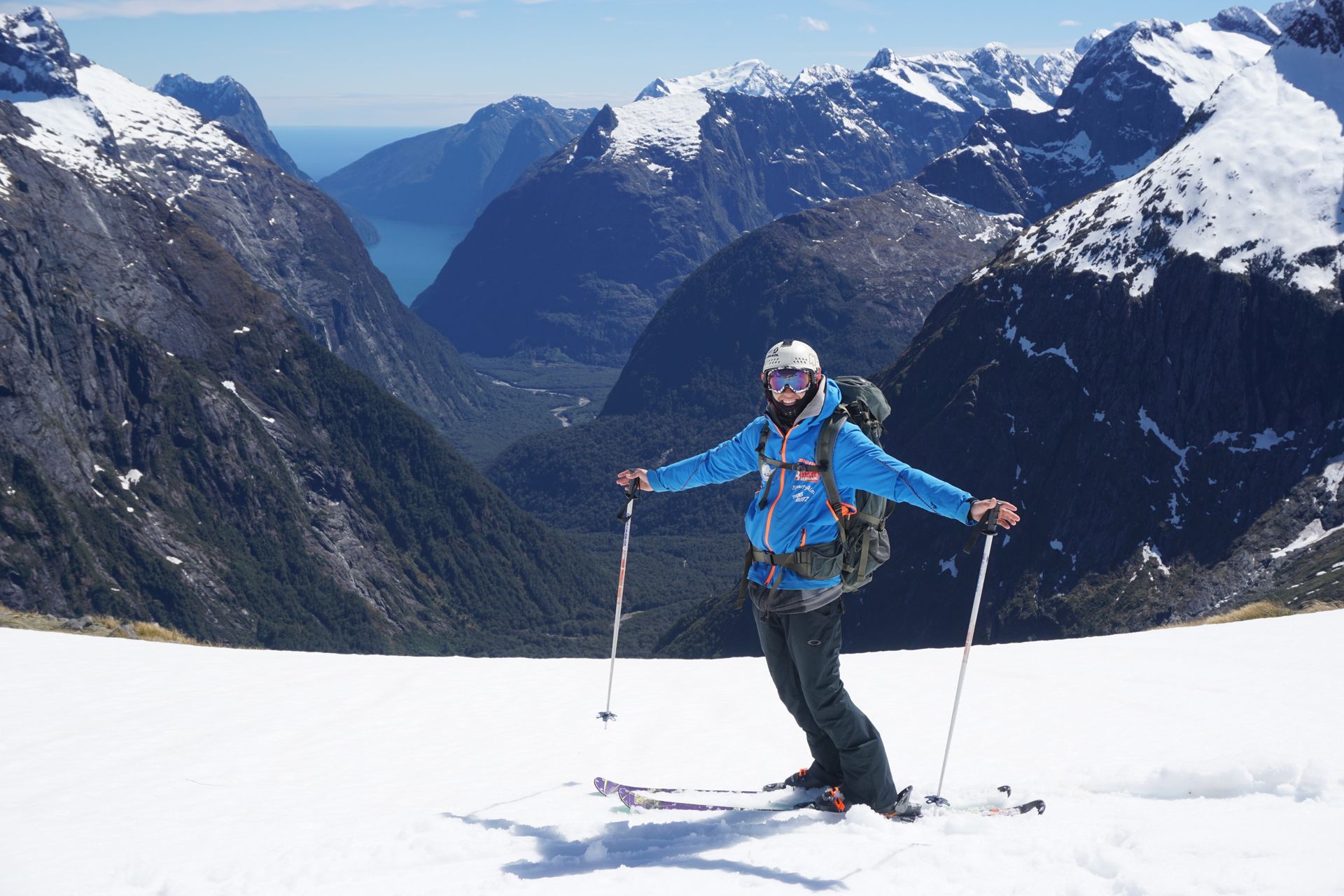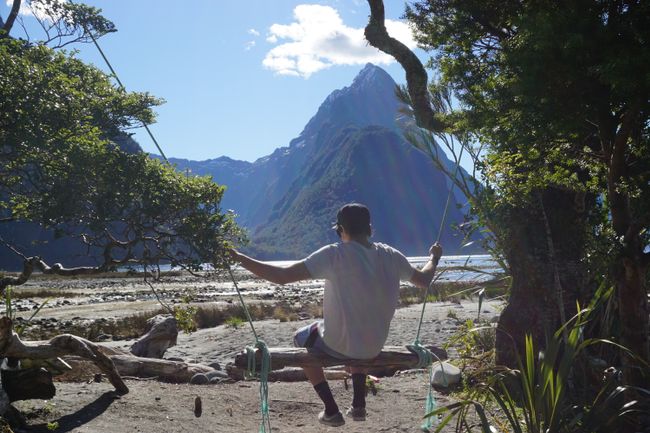
Work&Travel in Neuseeland
vakantio.de/meine-neuseelandreise
Chapter I - Ski Instructor at Mt.Lyford
Maxxanfame: 15.10.2017
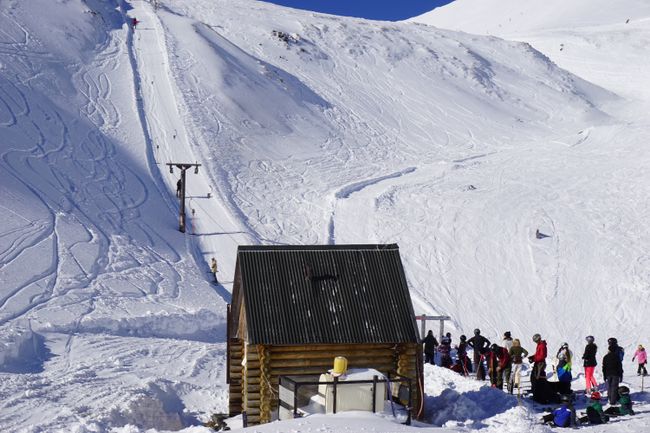
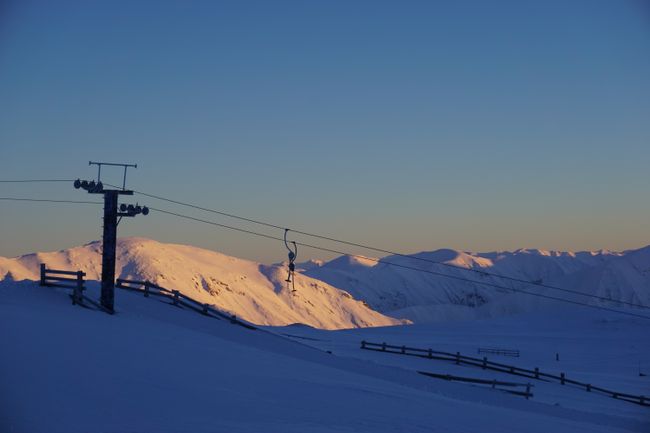
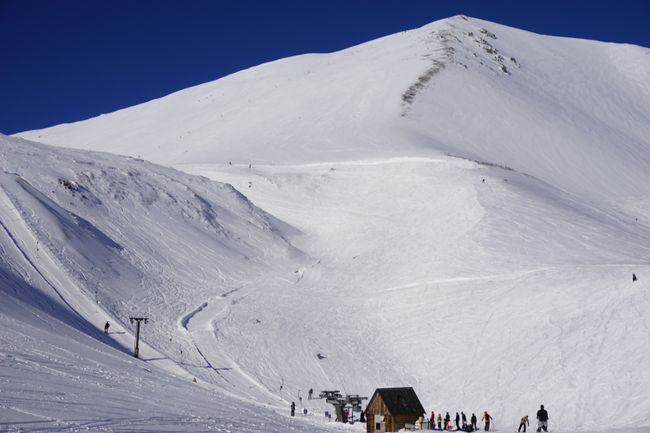
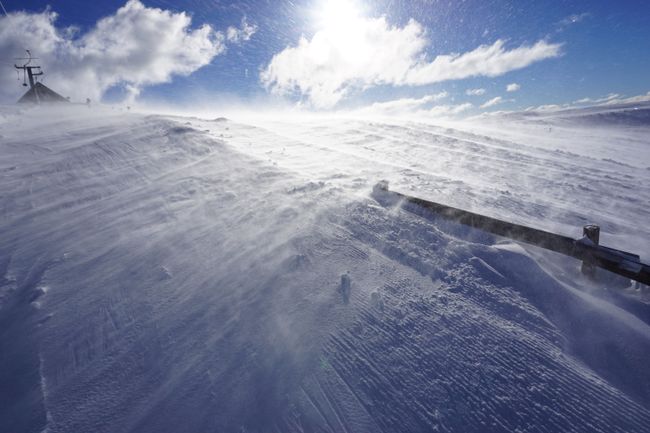
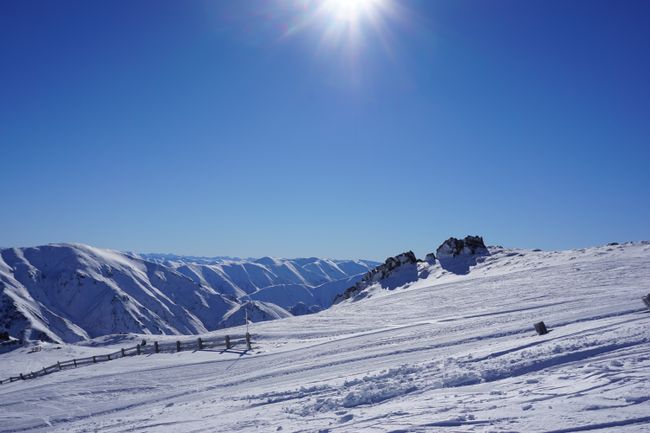
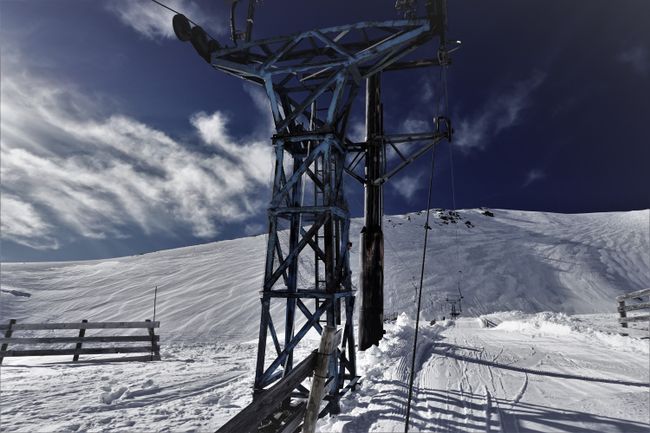
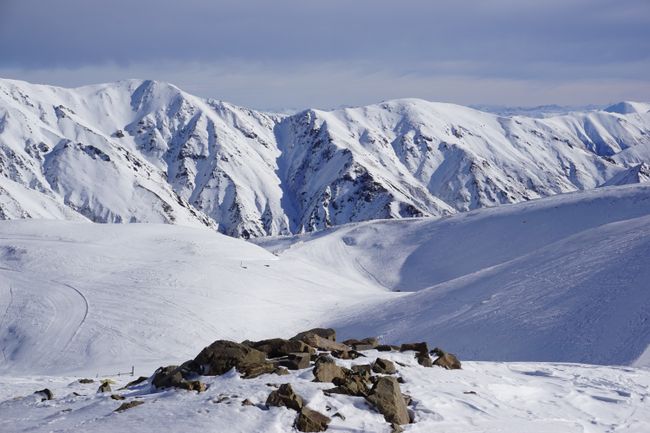
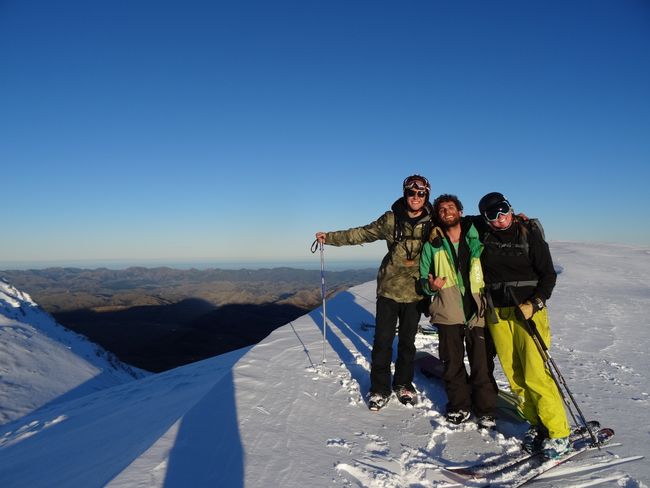
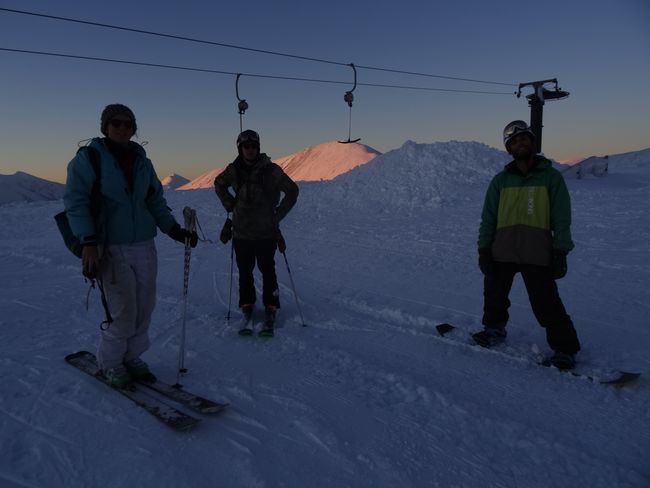
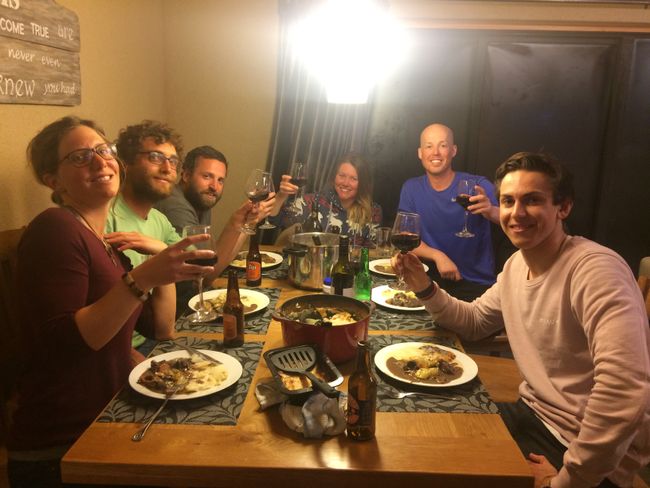
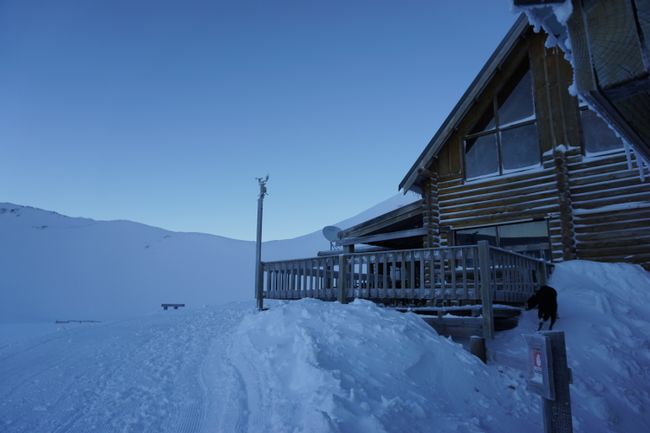
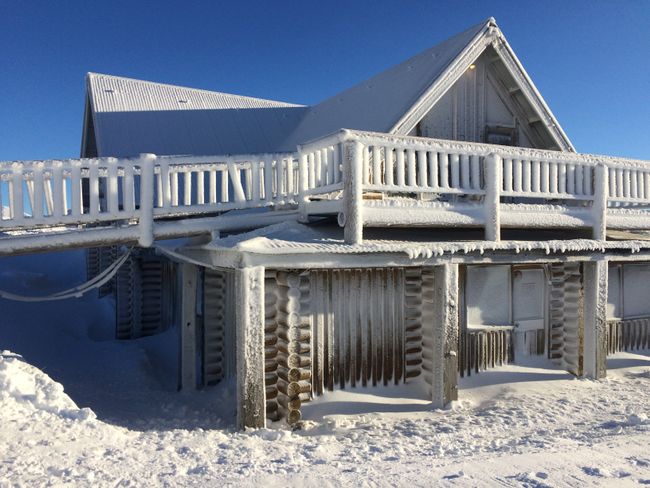
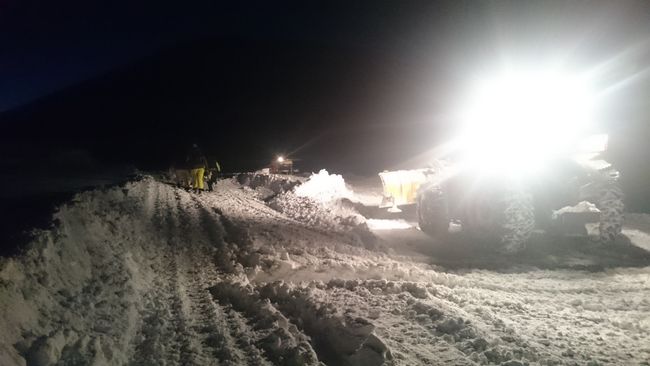
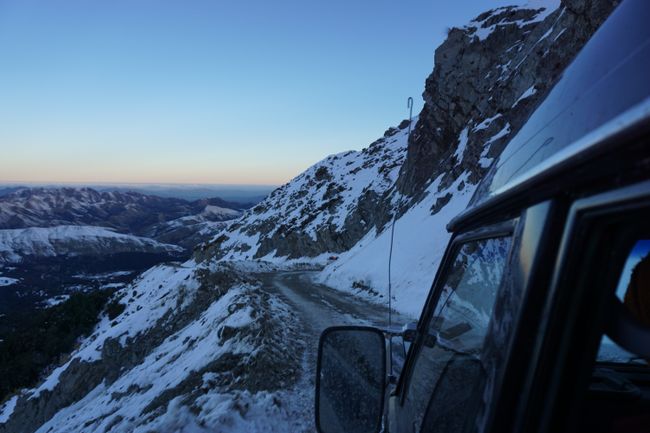
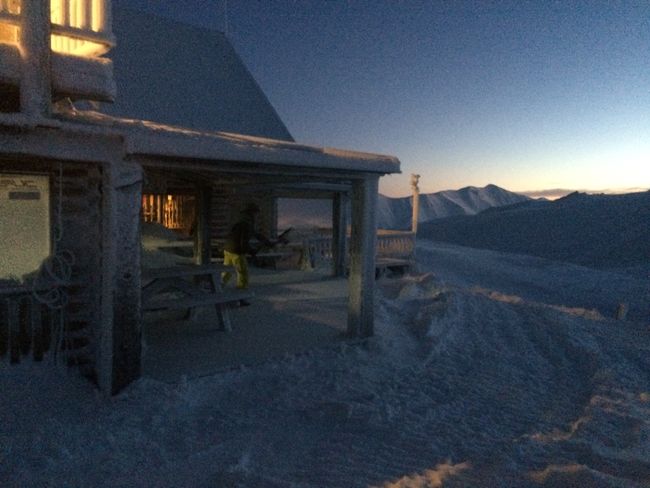
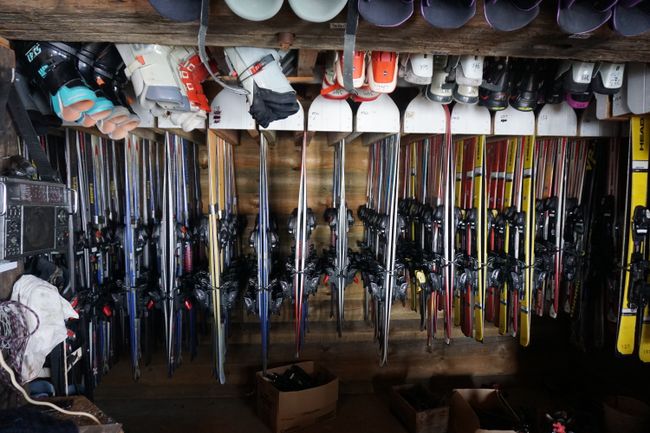
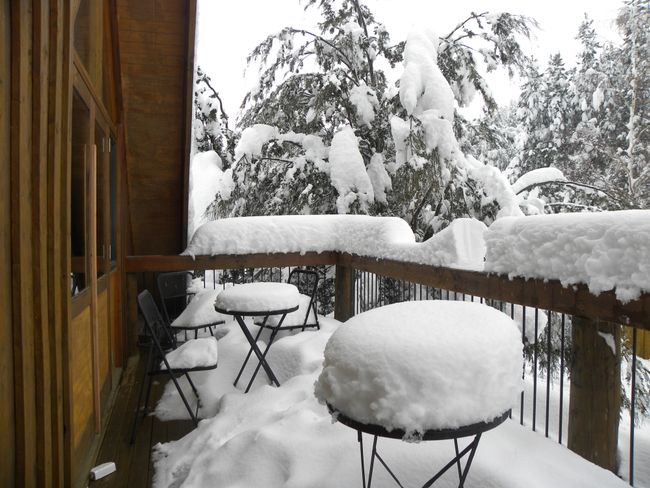

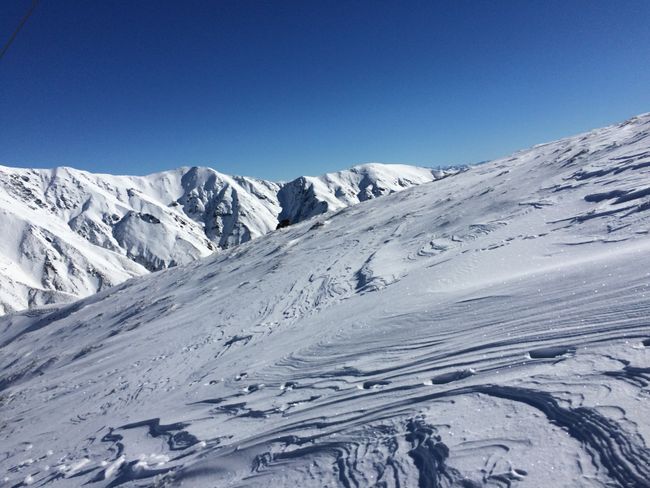
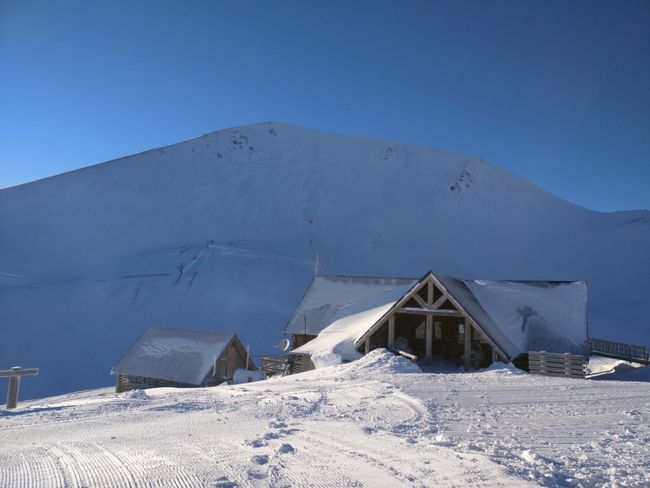
Barruu Oduu Subscribe godhaa
'New Zealand's best kept snow secret.'
These words are definitely true and describe the ski resort best. Mount Lyford is something very special, especially for me. For someone who learned skiing from scratch. And specifically in this one skiing nation Austria, with the latest lift systems, snowmaking facilities, and the most modern piste groomers as well as continuously developing possibilities to improve skiing conditions. Even for someone who has already gained experience as a ski instructor in modern ski schools, Mount Lyford will definitely be surprised, but also overwhelmed in a certain way.
#backtotheroots - From home, I could already get a small picture of Mount Lyford. It quickly becomes clear to me that there are no big sponsors or investors behind it as you would expect from almost every ski resort nowadays. But here everything is a little different. The ski resort has been in the hands of the Simpson family since its founding in the mid-90s. It all started with Doug, who bought a huge piece of land about 60 kilometers west of Kaikoura, in the north of Canterbury. It was not an ordinary property for a house or a farm - no, it even includes mountains and what kind of mountains they are. That is hardly imaginable in Europe. A short time later, he started his own small company, building and selling houses on his land. His friends were his first customers, who bought a second residence there for the winter months - gradually the Lyford Alpine Village begins to grow. Always being a skier, Doug and his wife Jenny one day decide to install a small rope tow, which is powered by a truck engine and runs on a few supports - in Fachchagon Rope Tow - in summer on a platon around Lake Stella - at around 1300 meters above sea level. That was the foundation for skiing in this area, but initially only intended for friends and family. However, over time more and more people become aware and the village also starts to grow. The ski area around Lake Stella is expanded with another rope tow in the following years and even a piste groomer, one of the first snow groomers ever, is put into operation. After a few good years with a lot of snow, however, the snowfall there radically decreases in the following years because it gets too warm and the wind blows away all the snow around the lake. Therefore, Doug decides to move the ski area further up and almost to where it is today and where the name comes from, namely to Mount Lyford. But for that, the access road, which is already difficult to drive in winter, must be extended and difficult passages must be crossed. The 'new ski area' is now supposed to be somewhat larger and commercially designed, accessible to everyone and also have a ski school. However, the managing directors of this season are Hamish and Tim, the two sons of Doug, who are our superiors. Hamish, as the older of the two brothers, is more of a computer person and takes care of administration and all office matters - Tim is described as born with two left hands. However, both of them are constantly in the ski area all day long, repairing lifts, grooming slopes, or keeping an eye on us. There is little time left for them to ski in their own ski area.
From the parking lot, you can already see the Day Lodge, where a cafe, the office with the ski pass sales, ski rental, the staff room, and a small first aid room are located. Equipped with everything you need, you go directly from the rental shop to the slopes. To the right, the Beginners - Area opens up with a simple, small children's lift with very suitable terrain for beginners. Right next to it, there is also a toboggan run in case the children lose interest in skiing. If you start to the left from the rental shop, you enter the actual ski area and also immediately reach the first lift - the Paradise. A simple platter lift that leads from a small valley up on two sides. One side with rather flat, wider slopes and the other side with steep freeride terrain and a cool descent. From the steep side, you reach the T-Bar Cloudy. This draglift, powered by a German Mercedes engine, has great slopes on the left side and also a training slope that was reserved for the Australian junior ski team in the first few weeks. On the right side, the Cloudy offers a cool terrain park with a natural halfpipe, some drops, kickers, and rails. When you reach the top, you get to the actual heart of the ski area - the slopes around Terako, which are pulled up by two rope tows. The view from the top is impressive - on one side you can see the sea and Kaikoura on the horizon; on the other side, you look out over the snow-white mountains of Canterbury. The variations from the summit are very diverse and a lot of fun, and most importantly - there is space for everyone on a powder day. The best skiers are found in this area, and even professionals from the backcountry area are often seen here, enjoying the huge space. The 'Front-Face' of Terako, which is a bit more demanding, is also a great run and leads directly to the Paradise Platter on the other side. Another spectacular variation is definitely the hike up to Mt. Lyford itself. After about 40 minutes, you reach the summit and have a good view of the entire ski area. From there, you have countless possibilities for a good line, which usually ends at the Beginners Area or on the road, where you are picked up by a car again. Which variation has better snow depends heavily on the time of day and the period. In general, it can be said that both variations - Terako and Lyford - are something very special, not only in terms of the view but also demanding and require some skill. Even for a ski instructor.
#backtothepresent - After Caroline was picked up in Kaikoura, I was warmly welcomed by Tony, Angela, and Jenny upon my arrival, who manage a large lodge in the valley. The plan is for all ski instructors and the rest of the ski area team to stay here. In addition to a few shared rooms, there are also double rooms and camping spaces here. The lodge also has a small bar with good cuisine and a cozy living room. Our accommodation is located at the entrance of 'Lyford Village' directly on the Inland Road and it takes about half an hour to get to the ski area itself. At the moment, there are some workers living here, whether electricians or road construction workers, who are tasked with clearing the damage from the major earthquake last November. We often sit together with some of them and have a very funny time.
Our small team at the ski area consists of the crew around Kinga, Johana, Lucile, Victor, Tom, Bruce, James, and me. Of course, there are also our bosses Tim and Hamish with their two families, their father Doug, and his wife Jenny. At the beginning of this year, Doug completely handed over the ski area to his two sons Hamish and Tim, so he still has a say in some decisions and is almost always present. There are also a few locals who help out on weekends or during holidays when the guests crowd the ski area.
In the first few days, I am shown a lot and can learn a lot from the others who have been here for about 2 weeks longer than me. Especially when it comes to lifts, their engines, and electronics, many things were new to me. However, skiing is a very familiar thing for me, which is why I am actually here - just now in English. You quickly get back into it and already know the most important terms in English, and every day you learn new phrases from the guests. They are really grateful and have a lot of fun skiing here. There are also some really good skiers, and compared to Europe, many snowboarders. The school groups were also something special, especially with the older ones, you can talk a lot and get good tips about the area and New Zealand. Teaching skiing is still the same even at the other end of the world.
In addition to the plan for the lessons, there is a fixed roster, almost like a timetable, who, when, and what to do and in which area their tasks lie. This plan is created and distributed daily in the early morning by the 'office'. It also regulates what needs to be done before work, namely from 8-9 am. By 9 am, everything around the ski area must be taken care of before the first cars with guests arrive. This can be shoveling snow, checking and starting lifts, putting up signs, cleaning up, or having a coffee in the cafe. This plan varies from week to week. After that, James and Victor usually go to the lifts, ski and snowboard instructors Tom, Bruce, Johana, Kinga, and I wait for our lessons. During the week, we mostly teach large school groups, but there are also some private lessons or lessons booked for families. However, we also help out at the lifts, in the rental shop, or in the cafe when we don't have lessons to teach. Most people go skiing or have lunch during the lunch break. Between 5 and 6, we usually drive down to the village via the crazy road, where the lodge with a cold beer is already waiting for us.
The days off mostly depend on the weather because the mountains around Lyford can really get windy and icy. So on average, we have one to at most two days off per week and an 8-hour workday. Because most of the time we have bright sunshine and good conditions on the slopes. The season has gone very well with some big snowfalls and many happy customers, the bosses are also satisfied with our work and the progress of the season. Nobody from the team can complain either because the working conditions are so relaxed and we have had a lot of time to ski ourselves. Luckily, there are always a few 'runs' between the lessons or the occasional tour in the late afternoon after work.
Time here really flies by and Masters is already the highlight of the season. The first guests make their way to the ski area early in the morning. Mainly friends and acquaintances of the Simpson family from Kaikoura and the surrounding area. The plan for the day is like a kind of club championship with a party at the lodge afterwards. The motto is 'back to the 90s' and the race is divided into different age groups and takes place on two different slopes. It is truly a successful day and our team has their hands full to organize a successful event for the guests. After the race, we go to the Day Lodge, where food and drinks are already waiting for everyone. After the award ceremony, the winners pop the corks and even the losers receive consolation - or mocking prizes. The celebration continues late into the night before we make our way home as the last ones - of course, we all have the next day off. During the Masters, you get to talk to a lot of people and have a great time. It is truly a crowning conclusion of an outstanding season.
After the Masters weekend, Viktor and Johana leave us as they want to continue their journey and we don't need so many people in the ski area anymore. A few weeks later, Lucile, Kinga, and Bruce also set off, either to fly home or to continue their travels. Tom, James, and I remain. We let the season come to a relaxed end and enjoy the spring-like conditions. As the number of guests decreases, we have a lot of time for skiing ourselves, and even with a small team, we manage our closing weekend, where the ski area is crowded once again under perfect conditions. The season is over and the memories of a unique season will last forever.
Barruu Oduu Subscribe godhaa
Deebii

Gabaasa imala Niwuu Ziilaand
